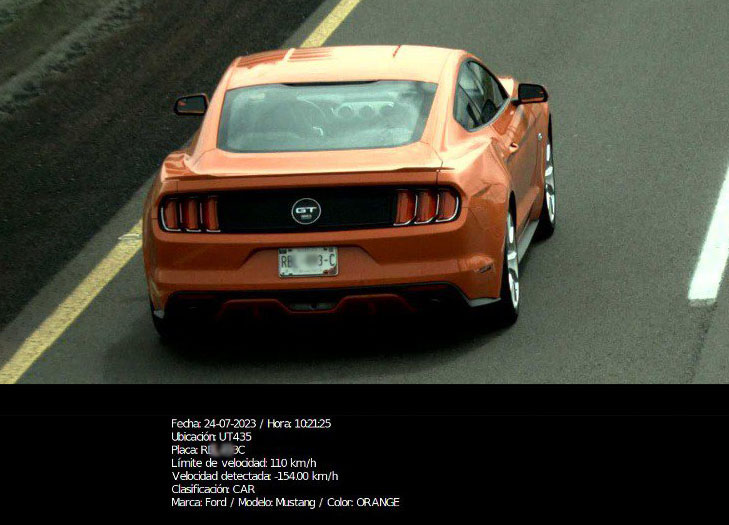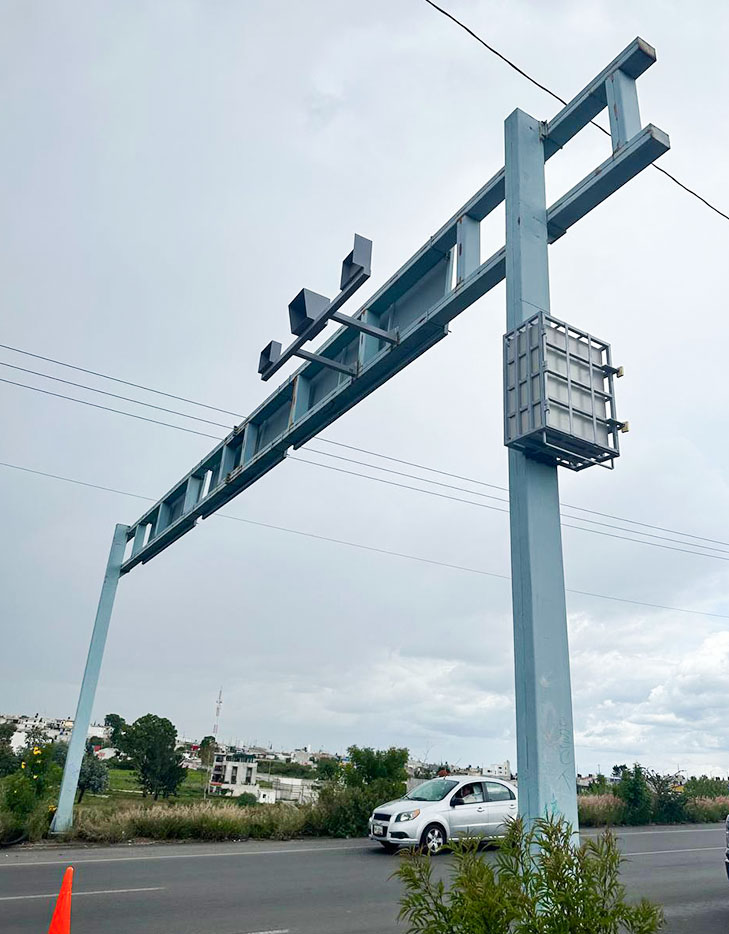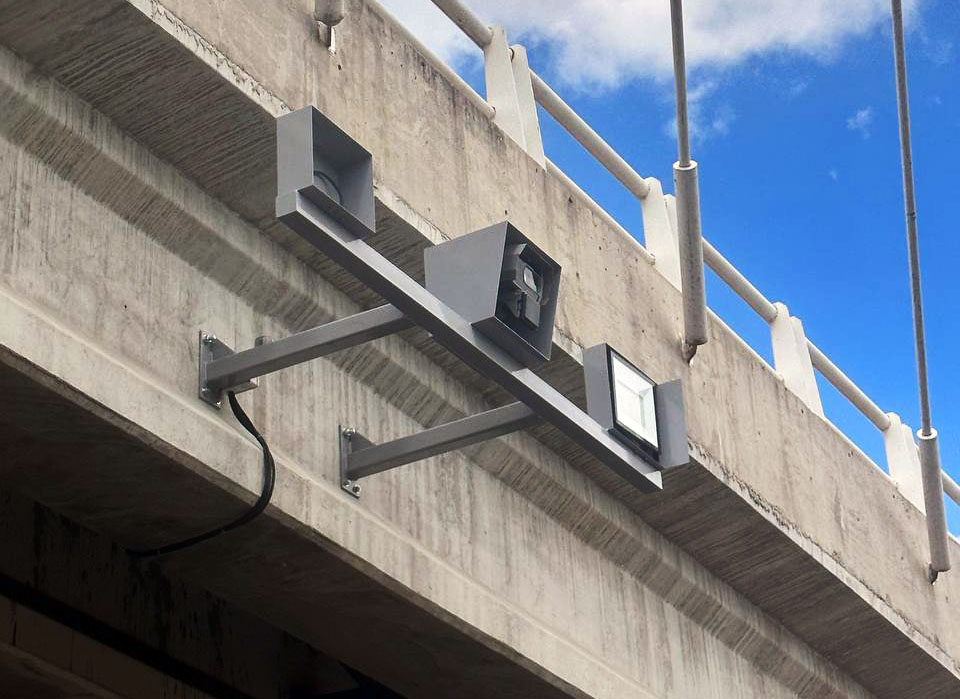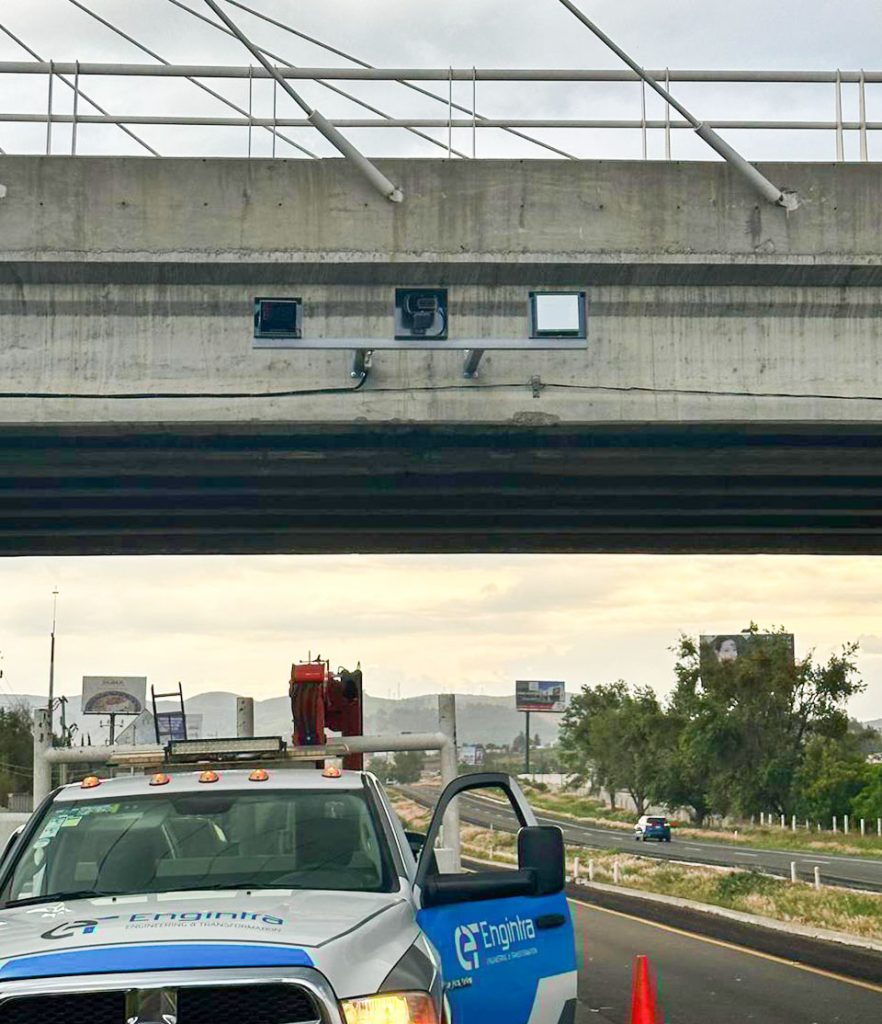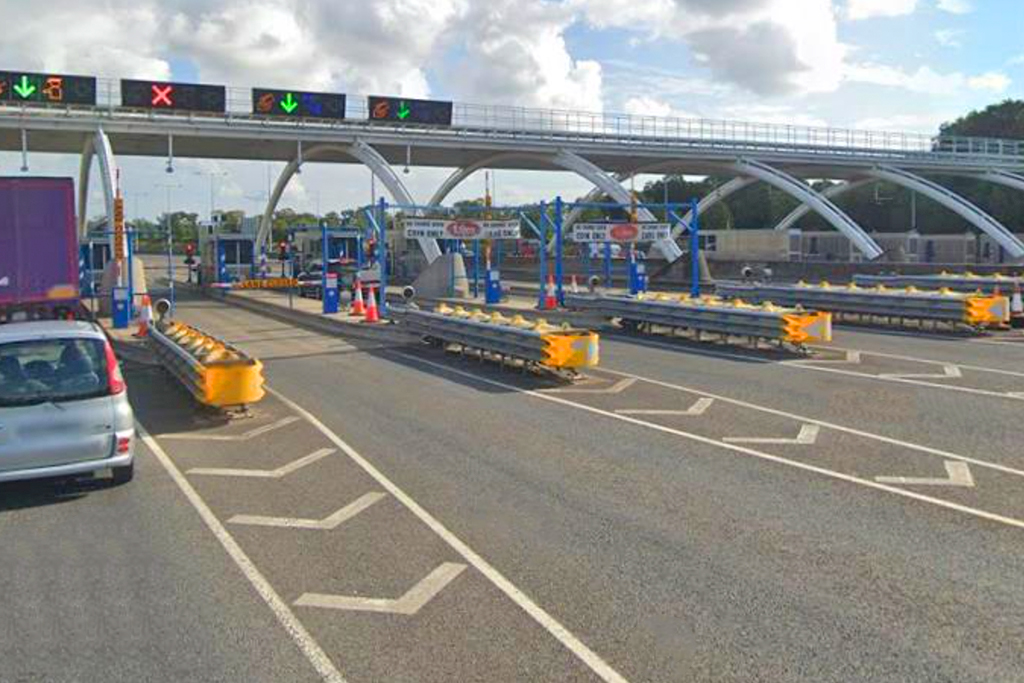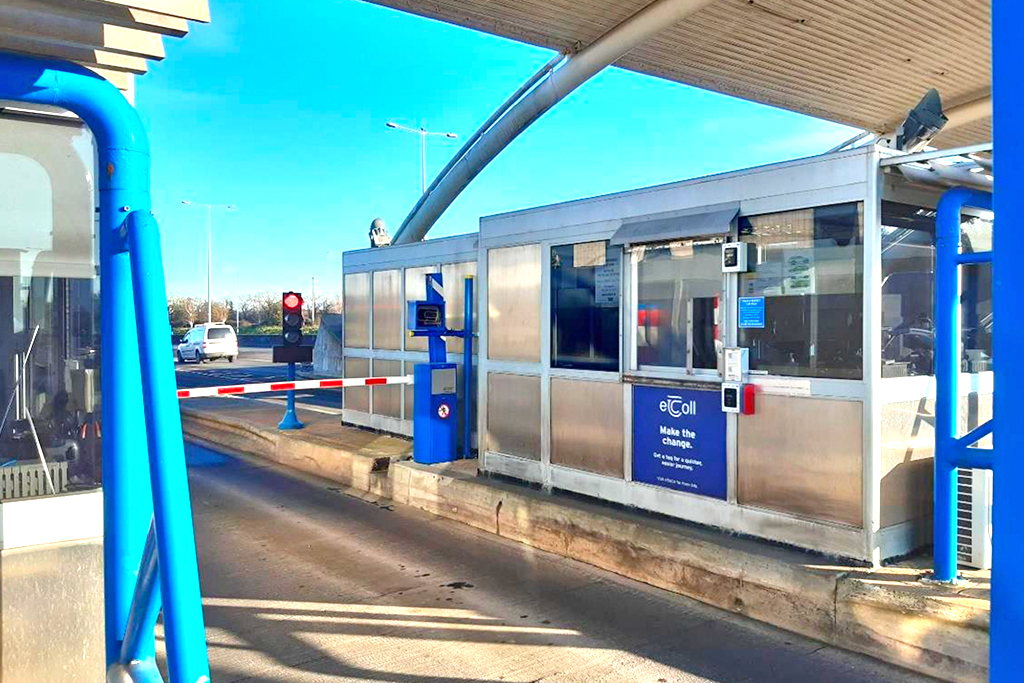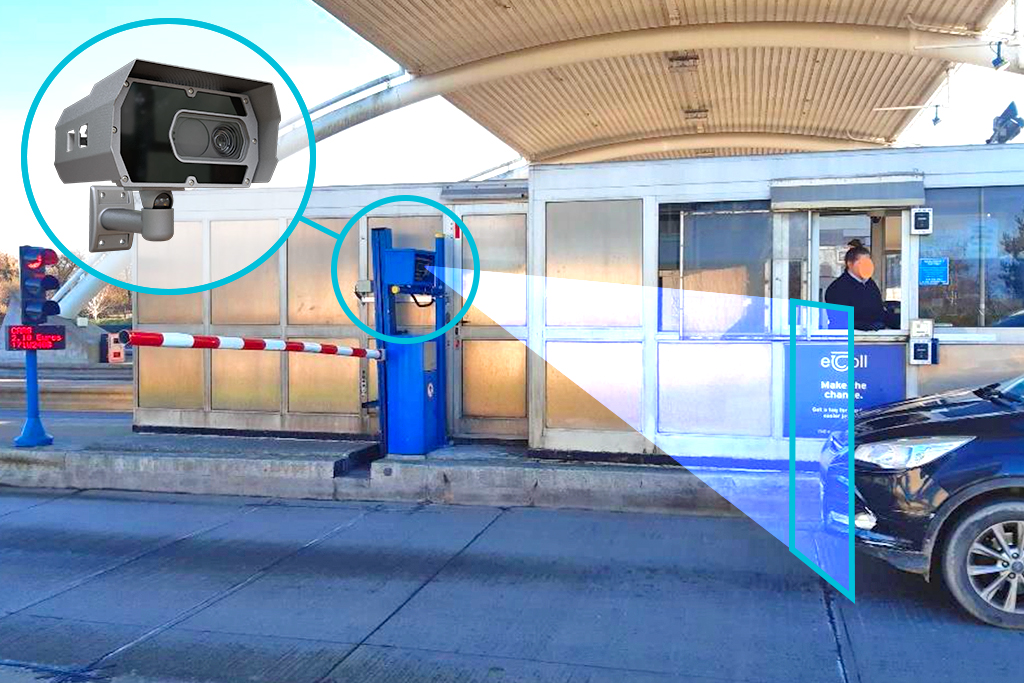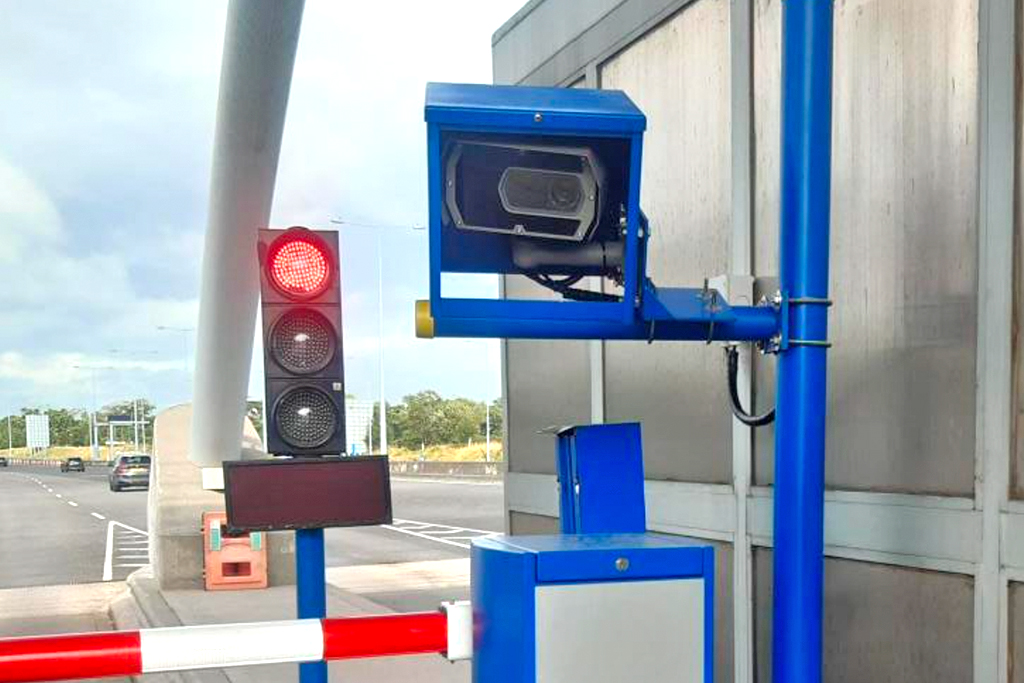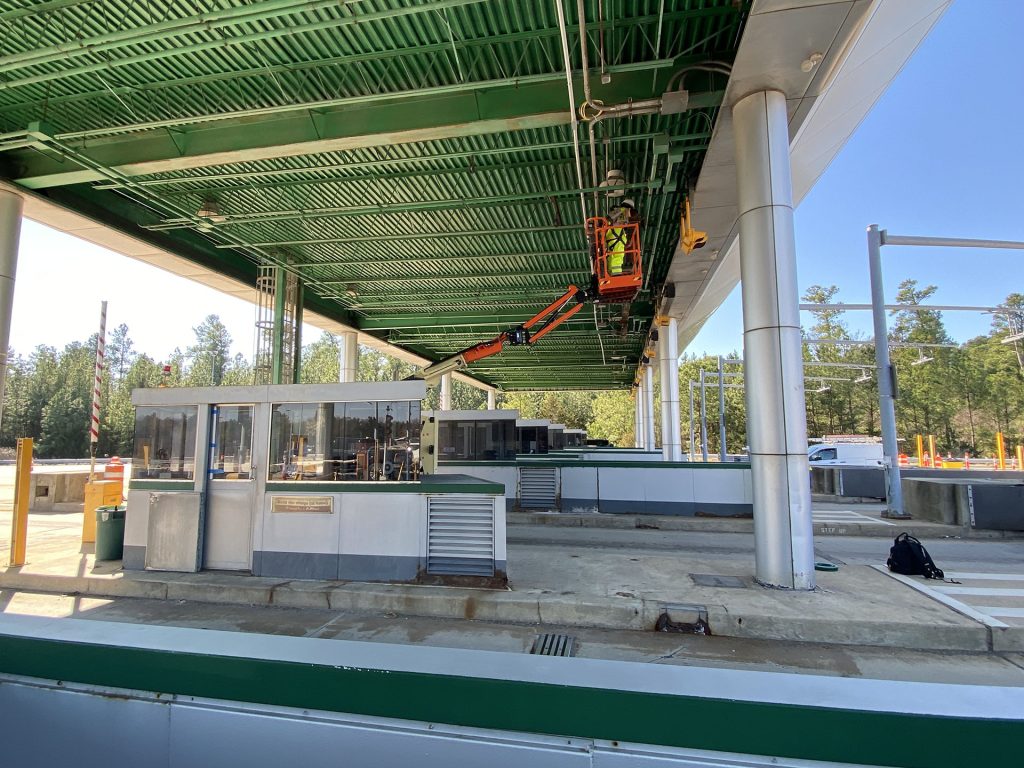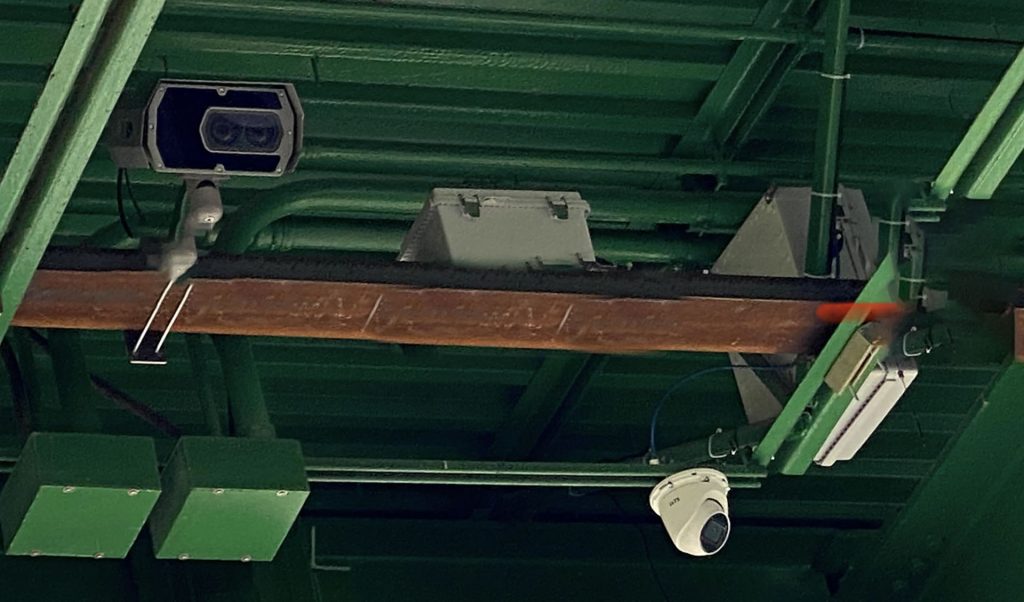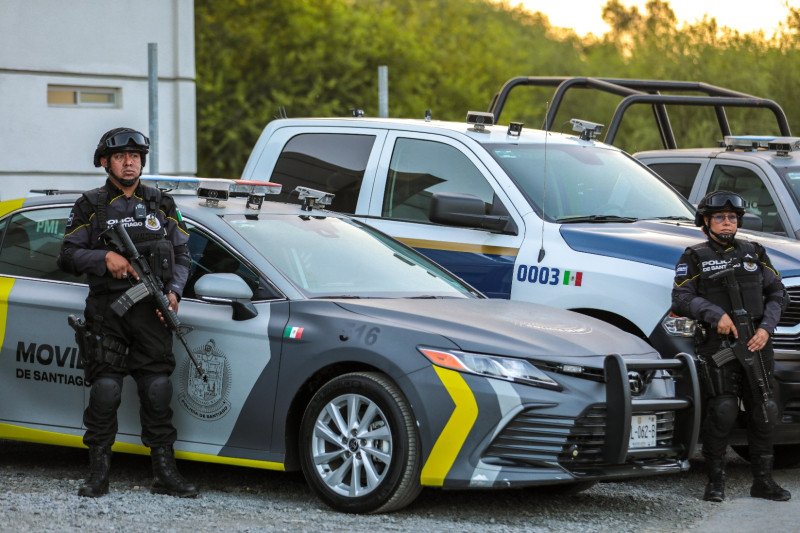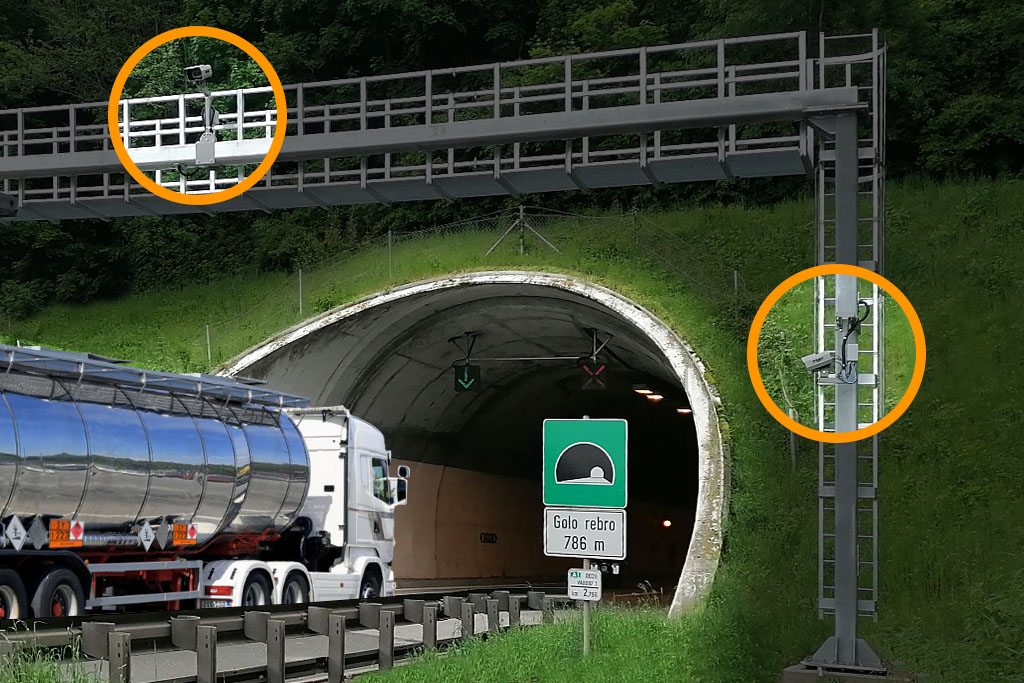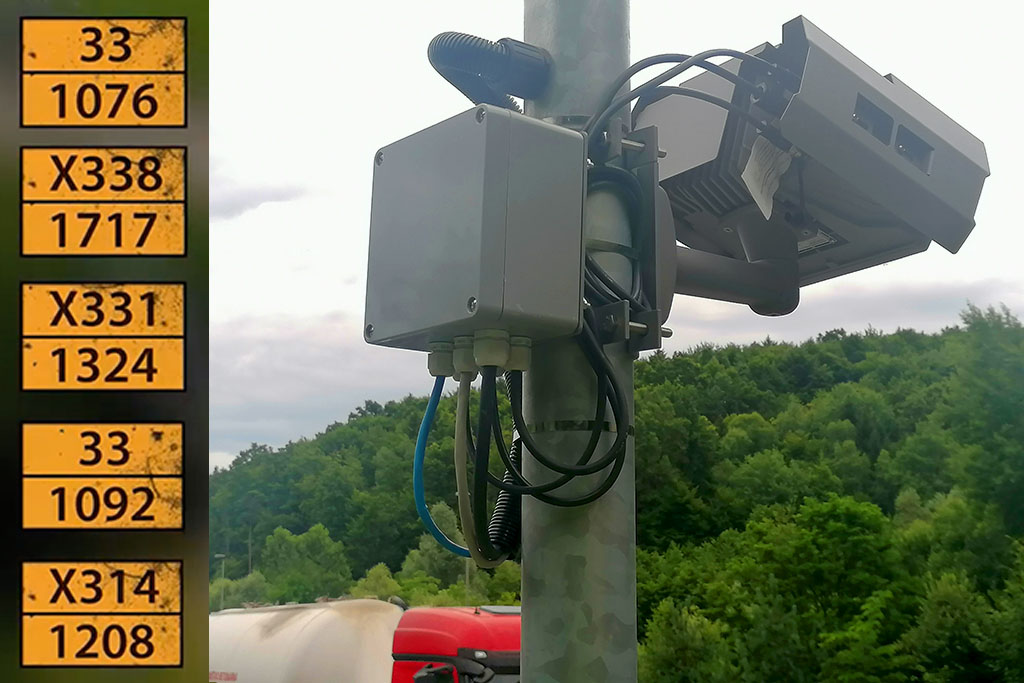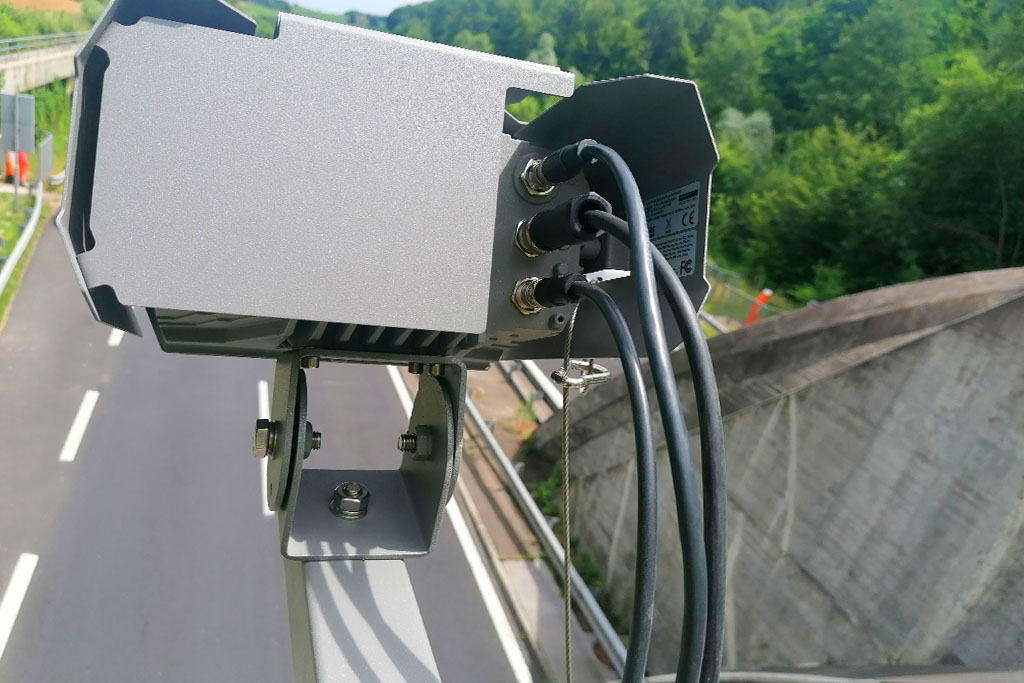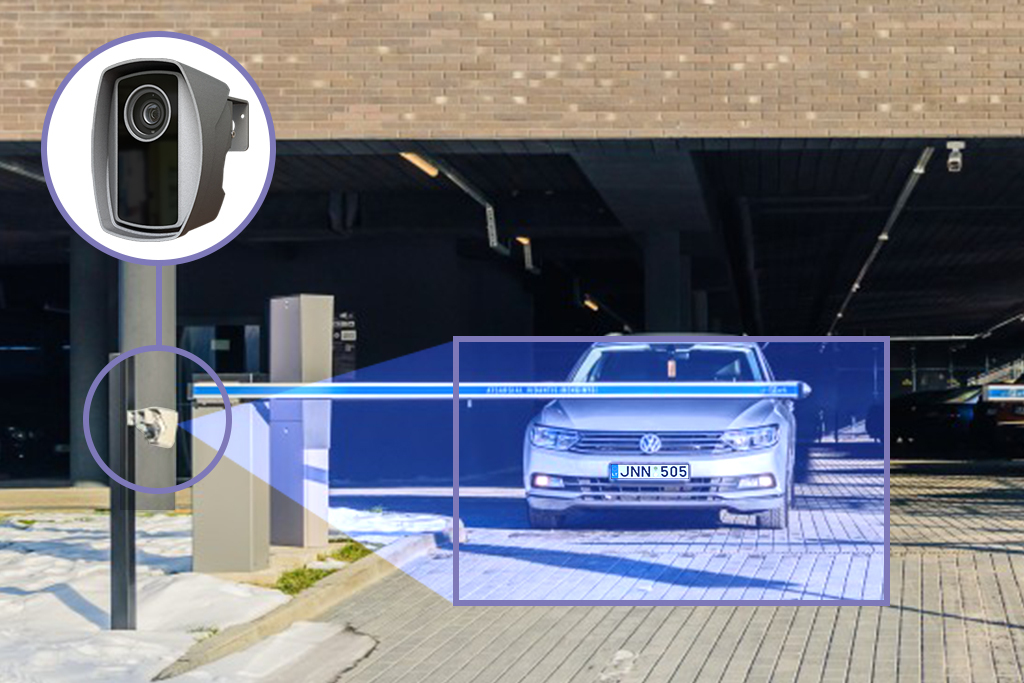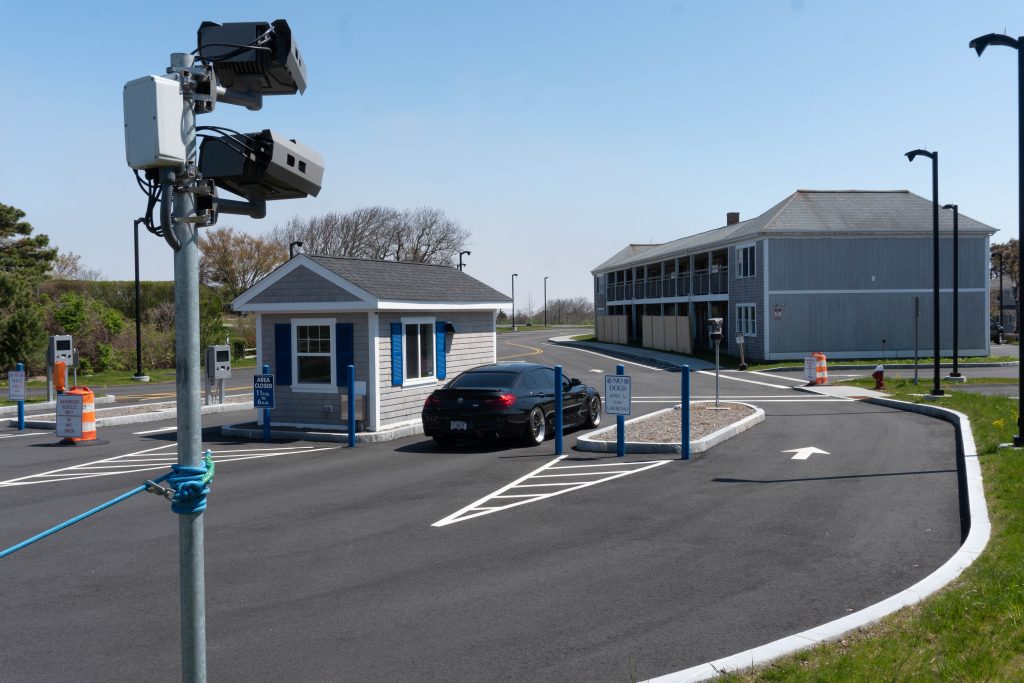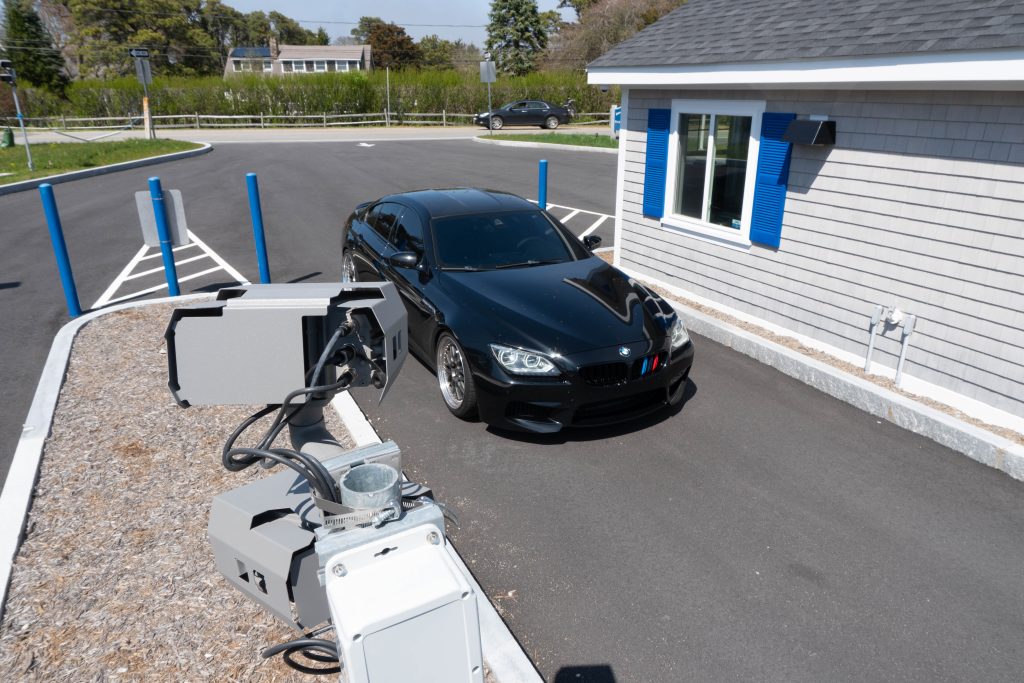Securing a Premier Healthcare Hub: King Faisal Specialist Hospital & Research Center Secures Vehicle Access with Adaptive Recognition’s Vidar Cameras and Carmen Software
King Faisal Specialist Hospital & Research Center (KFSH&RC) in Riyadh, Saudi Arabia, sought to enhance its security infrastructure by implementing a comprehensive License Plate Recognition (LPR) system. As a multi-site tertiary care government organization providing world-class specialized healthcare, KFSH&RC is renowned for its leadership in medical science, consistently pioneering numerous medical programs. This initiative reflects the hospital’s commitment to continually develop its security infrastructure systems. The hospital partnered with Fore Vision to deploy a cutting-edge LPR solution, utilizing Vidar cameras for exceptional accuracy and performance.
Challenges:
Prior to implementing the LPR system, King Faisal Specialist Hospital & Research Center (KFSH&RC) faced several challenges related to vehicle access control and security:
- Limited Surveillance Measures: The current system lacked advanced surveillance features, posing potential compromises to the hospital’s safety.
- Manual Monitoring Inefficiency: Manual monitoring of vehicle access was labor-intensive, prone to errors, and lacked real-time insights.
- Limited Data Collection: The lack of an automated system prevented KFSH&RC from capturing and analyzing vehicle data for security and operational purposes.
- Lack of Real-time Insights: The manual system did not provide KFSH&RC with real-time visibility into vehicle movements, making it difficult to identify potential security threats or incidents.
- Unauthorized Access Risk: Manual entry processes increased the risk of unauthorized vehicles gaining access, posing a potential threat to the hospital’s security.

Solution:
Fore Vision’s LPR solution addressed these challenges by providing a robust and efficient system for managing vehicle access and enhancing security. The solution includes:
- Vidar Cameras: Vidar cameras, known for their exceptional accuracy and ability to function in diverse conditions, were deployed at each of KFSH&RC’s five gates, providing seamless and automated license plate capture.
- Carmen Software: Carmen software, a powerful OCR engine, was integrated with the LPR system to provide comprehensive data management and analysis capabilities. The software analyzes captured images, identifies license plates, and verifies the associated vehicle information. It also provides real-time data on vehicle movements and patterns, enabling KFSH&RC to make informed decisions about security, operations, and traffic management.
- SecuPlate LPR Application: The SecuPlate LPR application, operating 24/7, records all vehicle transactions for detailed monitoring and analysis. This real-time data provides KFSH&RC with valuable insights into vehicle movements, allowing for proactive security measures and informed decision-making.
- Centralized and Decentralized Database Generation: The solution incorporates both centralized and decentralized database generation capabilities. During online mode, data is stored on the main and backup servers for comprehensive analysis and reporting. During offline mode, data is stored locally at each gate, ensuring uninterrupted operation even in case of network disruptions.
- Automatic Image Enhancement: The system utilizes automatic image enhancement features to improve visibility and enhance the accuracy of license plate recognition, even under challenging lighting and weather conditions.
- Predefined Events and Situations: The LPR system is configured to identify predefined events and situations, such as vehicles with reported license plates, stolen vehicles, or vehicles matching specific criteria. This feature enables KFSH&RC to proactively address potential security threats or incidents.
- Traffic Rules Enforcement: The system can identify traffic rules offenders, such as vehicles exceeding speed limits or making illegal turns, and provide real-time alerts to security personnel.
Implementation:
Fore Vision seamlessly integrated the Vidar cameras, Carmen software, and the entire LPR system into all ten lanes at KFSH&RC’s five gates, ensuring optimal functionality and minimal disruption to existing operations. The meticulous calibration of the LPR system guarantees accurate recognition under various conditions, establishing a robust foundation for enhanced security and access control at each gate’s entry and exit lanes.
Results:
KFSH&RC has already realized significant benefits from implementing the LPR system:
- Enhanced Security: The system has strengthened security by enhancing vehicle identification and access control, reducing the risk of unauthorized entry.
- Efficient Monitoring: Manual monitoring is replaced by automated ALPR technology, improving accuracy and operational efficiency.
- Real-time Insights: KFSH&RC now has real-time visibility into vehicle movements, enabling proactive security measures and informed decision-making.
- Improved Traffic Flow: The automated gate control has reduced processing times, improving traffic flow and overall efficiency at the gates.
- Enforcement of Traffic Rules: The system has effectively enforced traffic rules, contributing to a safer environment for patients, staff, and visitors.
- Data-driven Decision Making: The LPR data provides valuable insights into vehicle movements and patterns, enabling KFSH&RC to make informed decisions about security, operations, and traffic management.
Future Plans:
KFSH&RC plans to expand the LPR system to additional gates and facilities across the hospital campus, further enhancing security and operational efficiency. The hospital also intends to integrate the LPR data with its existing security and surveillance systems to create a comprehensive security ecosystem.
Overall Impact:
With Vidar Cameras and Carmen Software at its technological forefront, King Faisal Specialist Hospital & Research Center now boasts an advanced and scalable Automatic License Plate Recognition system. The system has not only enhanced security but also streamlined operations, providing valuable insights into vehicle movements and patterns. This innovative solution has set a precedent for other healthcare organizations in the region, demonstrating the transformative power of technology in enhancing security and ensuring a safe and secure environment for patients, staff, and visitors. By leveraging technology, KFSH&RC has positioned itself as a leader in healthcare security, setting a high standard for others to follow.
Want to Learn More About Vidar Camera and Carmen Software?
To delve deeper into the transformative technologies that are behind the King Faisal Specialist Hospital and Research Hospital Road Safety program, explore our dedicated pages:
Vidar Camera: Click here to discover Vidar Camera.
Carmen Software: Click here to read more about Carmen Software
Discover how these cutting-edge tools are revolutionizing road safety and shaping a safer future for all.
